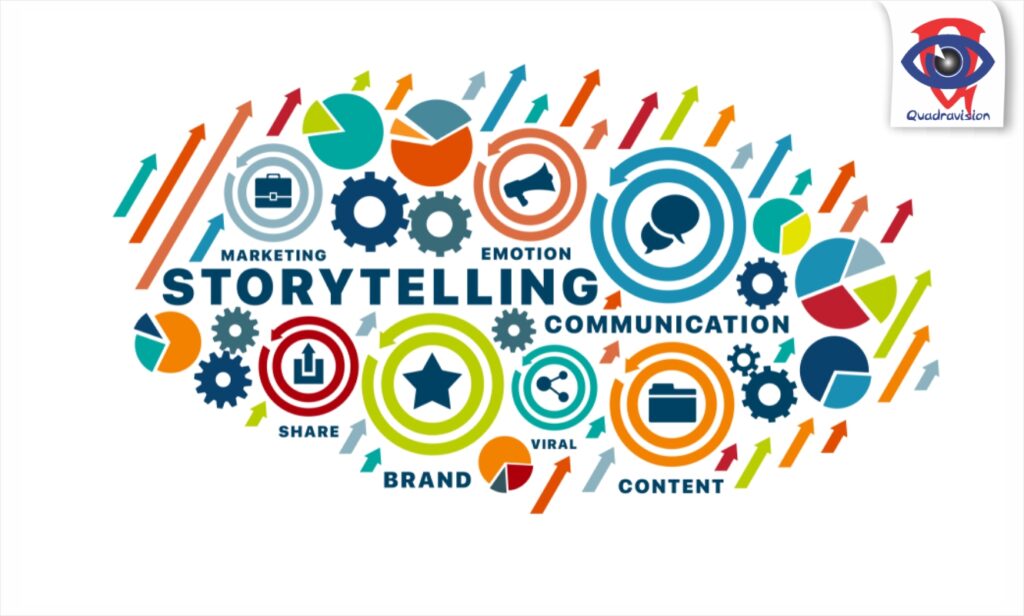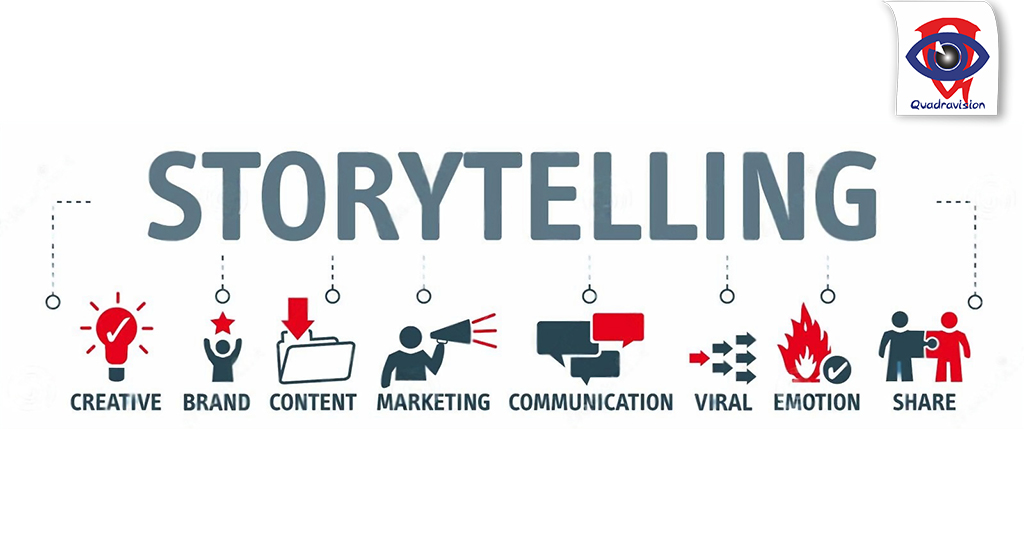“The art of digital storytelling empowers voices that would otherwise be unheard, breaking down barriers of time, distance, and language, and connecting us in a shared narrative tapestry.”

Storytelling has completely changed in the digital age. With the rise of social media, blogs, and other online platforms, individuals and businesses have the opportunity to connect with audiences in ways that were previously unimaginable. Digital storytelling has become a powerful tool for engagement and can captivate audiences across the globe. In this blog post, we will explore the art of digital storytelling and how it can be used to engage audiences online.
Checkout Our Homepage
What are benefits of Digital Storytelling ???
One of the key elements of this storytelling is the use of multimedia. Unlike traditional storytelling mediums, such as books or oral narratives, digital storytelling allows for the integration of various forms of media, including text, images, audio, and video. This multi-sensory approach appeals to different types of learners and enhances the overall storytelling experience. By leveraging visuals, sounds, and interactive elements, storytellers can create a more immersive and engaging experience for their audience.

Another important aspect of digital storytelling is the ability to reach a global audience. With the internet connecting people from all corners of the world, storytellers now have the opportunity to share their narratives with a diverse range of individuals. This global reach allows for the exploration of different cultures, perspectives, and experiences, fostering empathy and understanding among audiences. It also provides a platform for marginalized voices to be heard and amplified, creating a more inclusive storytelling landscape.
Digital storytelling also offers a unique level of interactivity. Unlike traditional storytelling, where the audience is passive, online platforms enable direct engagement and participation. Social media platforms, for instance, allow audiences to comment, like, and share stories, sparking conversations and creating a sense of community. Additionally, interactive storytelling techniques, such as choose-your-own-adventure narratives or immersive virtual reality experiences, enable audiences to become active participants in the storytelling process, enhancing their connection to the story and the storyteller.
Furthermore, the digital landscape provides storytellers with valuable tools for data analysis and audience insights. Through analytics and metrics, storytellers can gain a deeper understanding of their audience’s preferences, behaviors, and engagement patterns. This information can then be used to tailor future stories and optimize content for maximum impact. The ability to track and measure the effectiveness of digital storytelling campaigns allows storytellers to refine their strategies and continually improve their engagement with audiences. In the realm of digital storytelling
You can Visit our Instagram page for more such amazing content !!!!
How you can create great Digital Story
There are various number of tools which such as computers with multimedia capabilities, digital media software, audio capture devices which can help in creation of digital stories which eBooks, podcasts or videos. There are some pointers which can help you make your journey easier such as starting with right idea and scope- In starting focus on one topics instead of focusing on several topics so that the audience can easily connect with you, showing instead of just telling- just telling that how you are feeling, instead show them with your actions, visual effects- as when we more visual we can easily serve our ideas to viewers.
Conclusion
To summarize, digital storytelling goes beyond traditional boundaries by creating a digital web of engagement and connection. As we navigate this shifting landscape, the power of a compelling narrative to leave an indelible impression and forge genuine connections remains unrivaled. Use the ever-changing tools and platforms at your disposal to become a master of digital storytelling and captivate your audience. Let the stories we tell resound across screens and leave a lasting impression on the hearts and minds of our digital audience as we embark on this imaginative and inventive journey.

